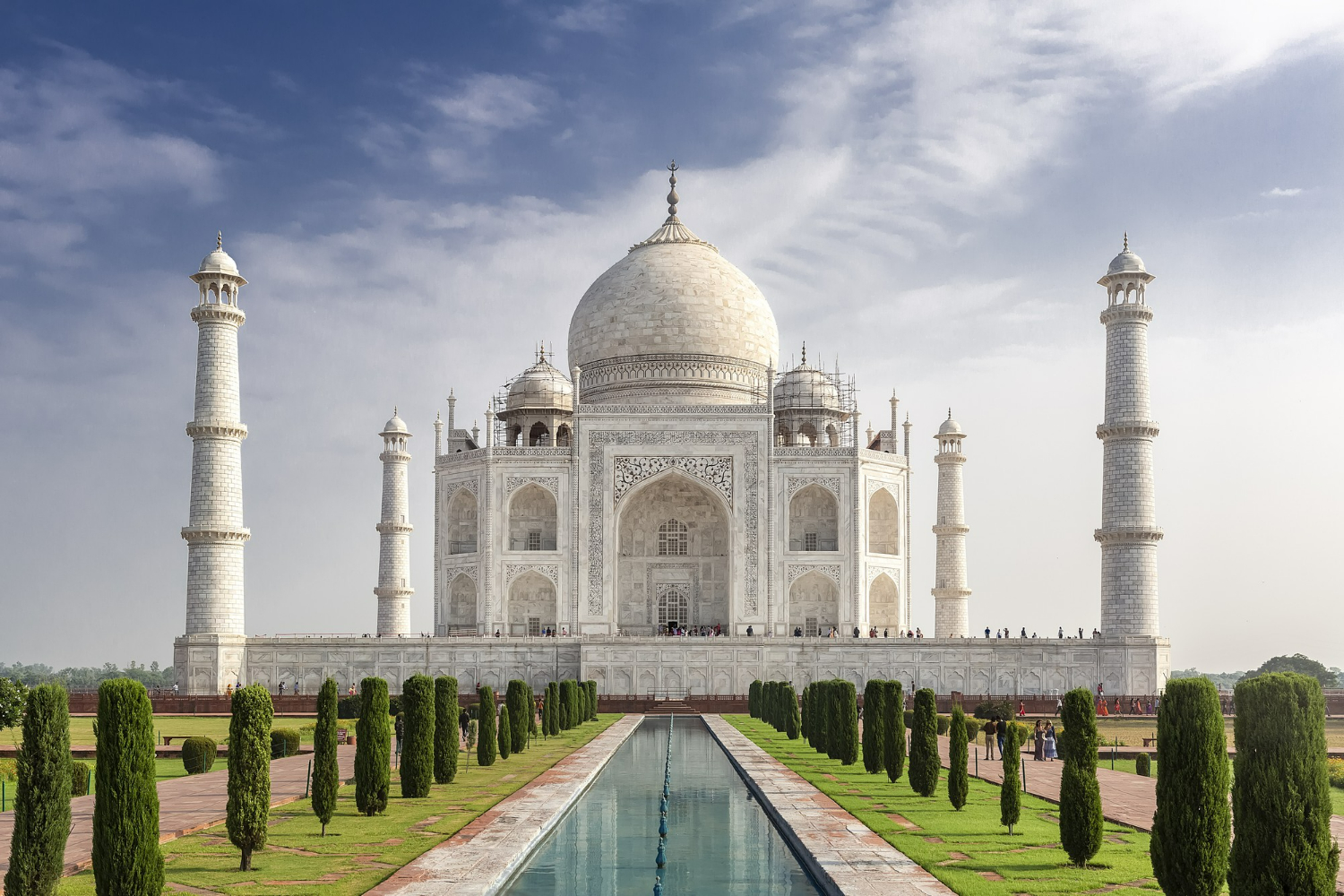Taj Mahal Beyond Romance: A History of Mughal Grandeur and Architectural Genius
Perhaps the magnificent Taj Mahal, one of the world’s seven wonders (2007), is synonymous with Shah Jahan’s epic love verse for Mumtaz Mahal. This white marble masterpiece, nevertheless, is much more than just a romantic backdrop for numerous Bollywood movies. So, put aside the rose petals, love, and clichés for some time. Let’s get ready to be mesmerized by the rich history and breathtaking architectural brilliance that make the Taj truly awe-inspiring. More Than A Love Story Etched in Stone Undoubtedly, the Taj was built to express Emperor Shah Jahan’s mourning for his beloved empress, Mumtaz Mahal. However, it’s not just love that inspired this; it’s also a tribute to Mumtaz’s loyalty to her husband as a confidante and an advisor. It was a symbol of respect and appreciation for their enduring companionship. A Symphony of Architectural Styles The Taj can’t be described entirely as “Mughal Marvel,” as it showcases a spectacular blend of Persian, Islamic, and European influences. The symmetrical structure, elaborate inlaid designs, and soaring minarets of the Taj exhibit the best of these diverse styles. You will be mesmerized to see waterbodies mirroring the bliss of Persian gardens, detailed calligraphy carved on the stones whispering prayers, and sunlight endlessly playing an endless game of hide-and-seek through latticed windows. A Feat of Engineering and Craftsmanship Building the Taj was far from a cinematic splendor. It took 22 years, an army of 20,000 workers, and heap loads of prized materials. To turn such a lavish dream into reality, elephants transported marble over vast distances from various quarries, skilled craftsmen chiseled supreme details with impressive preciseness, and engineers defied gravity with fascinatingly suspended arches. The Taj is as much a testament to artistic brilliance as it is to love and romance. A Whisper of the Past The Taj’s age-old charm is more than just a museum-worthy collection. It stands as a living homage to an era long past. When the marble changes colors with the sun rising and setting, it feels like time is turning the pages of history to show how wonders can be true. And that’s not all! You can hear the soft sound of prayers from the mosque and smell the jasmine flowers from the surrounding gardens. It takes you on a ride back centuries. When you start putting your soul into this magical passage, you can almost hear soft whispers and the clatter of sparkling jewelry. You can even feel the soft murmurs of romantic poetry being recited under the moonlight. So, when you next visit the Taj Mahal, don’t just rush to capture a quick selfie. Take a moment and listen to the exciting stories it whispers, and behold the beauty it possesses steeped in history and architectural richness. The Taj Mahal is more than an emblem of love; it symbolizes human aspiration and artistic brilliance with an evergreen love story that continues to echo through time.

